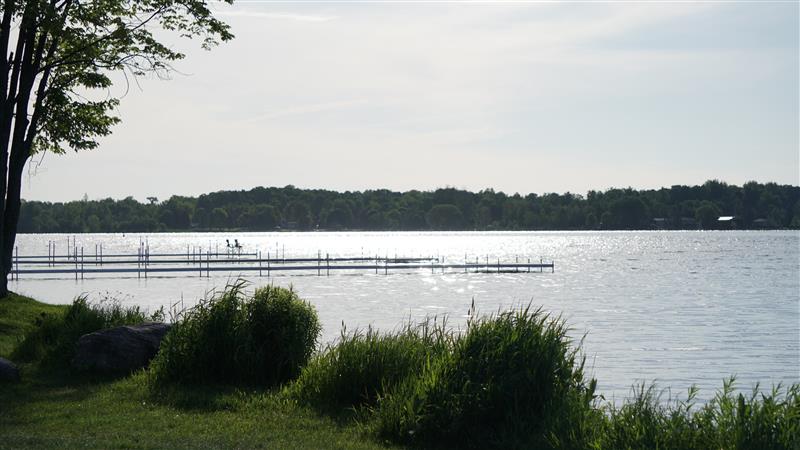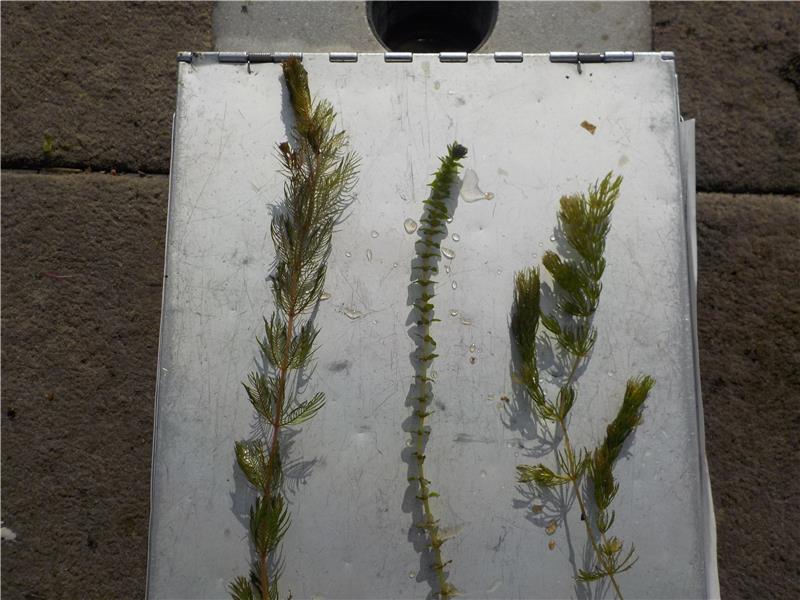Kawartha Conservation launches multi-year Lake Health Monitoring project

From May through October, these monitoring activities will be used to create a comprehensive data set. Some of the environmental health indicators recorded in this data set will include; chloride, phosphorus, water clarity, diversity of plants, and the prevalence of naturalized shoreline. These lake health indicators, once measured, are then compared against provincial and federal water quality guidelines.
This year, water quality measurements will be taken across five core lakes; Sturgeon Lake, Balsam Lake, Cameron Lake, Pigeon Lake, Lake Scugog, and their respective tributaries. Additionally, the program will also include aquatic plant surveys on Sturgeon Lake and Lake Scugog this summer. These surveys provide additional insight into aquatic biodiversity and help identify invasive species or other changes to lake ecology.

“As part of the 2025 Lake Health Monitoring project, we’re revisiting lakes that were previously assessed and where Lake Management Plan recommendations have already been implemented. This work allows us to evaluate whether water quality conditions have changed since the original monitoring and the start of on-the-ground actions,” said Brett Tregunno, Aquatic Biologist and project co-lead with Kawartha Conservation. “This important work is made possible thanks to funding from the City of Kawartha Lakes and collaboration with Parks Canada. Both organizations made this Lake Health Monitoring Project possible.”
Key findings from the 2025 monitoring season will be shared through the Kawartha Conservation website. Regular updates will also be posted on the organization’s social media channels.
“Through routine data gathering, we hope to understand the current status of the lakes and to gain insight into how lake health changes over time.” explained Tanner Liang, project co-lead and Water Quality Specialist, “We want our watershed residents to know that we are tracking the health of the water bodies you work, play, and live on.”
For more information on the program, contact Brett Tregunno by email btregunno@kawarthaconservation.com
To learn about the past Lake Management Plans developed by Kawartha Conservation, visit https://www.kawarthaconservation.com/environmental-sciences/lake-and-environmental-management-plans/
Contact Us
Kawartha Conservation
277 Kenrei Road
Lindsay, ON K9V 4R1
Tel: 705.328.2271
Fax: 705.328.2286
Subscribe to Receive Updates and Notifications
Stay up to date on flood and low water, news, activities, events, programs and operations by subscribing to updates and the Watershed Watch Newsletter.
